I refuse to neglect this blog!
It’s been a hectic few weeks due to my move back to uni, getting acquainted with my surroundings, new place and new job that I’ve barely had time for anything! I have been meaning to report about my trip to the Auswisch camps for a while but I honestly cannot find the words to convey what I saw, how I felt etc (I’m not exactly a budding journalist… My English is so bad that people question if its actually my mother language)
So..! I’m just going to paste some pictures I took in here and insert commentary where necessary
Anyhoo, over 2 weeks ago, I had the opportuniity to visit the Auswisch concentration camps museum in Poland. We Took a local tour from Wroclaw which took about an hour and a half drive to get there. The concentration and extermination camps was built and operated by the Third Reich in Polish areas annexed by Nazi Germany during World War II. It was the largest of the German concentration camps, consisting of Auschwitz I (the Stammlager or base camp); Auschwitz II–Birkenau (the Vernichtungslager or extermination camp); Auschwitz III–Monowitz, also known as Buna–Monowitz (a labor camp); and 45 satellite camps. The Nazi’s were estimated to have killed around 1.3 million people between 1940 to 1945 with 90% being jewish. (Some of the information was copied from Wiki 🙂 ). It is an extremely popular attraction so expect large crowds and I would also suggest bringing your own headphones.. trust me the headphones they provided for the tour was not sufficient.




 The Barbed wires were electrified to stop the prisoners from escaping
The Barbed wires were electrified to stop the prisoners from escaping
 Building were administration duties were done by the Nazis
Building were administration duties were done by the Nazis




 The above two pictures showed where the orchestra stood.. They were also there for propaganda purposes.
The above two pictures showed where the orchestra stood.. They were also there for propaganda purposes.
One of the many baracks were prisoners of up to 1000 would stay in the first auswiscch camp. Men and women were put in two opposing sides separated by a giant wall.

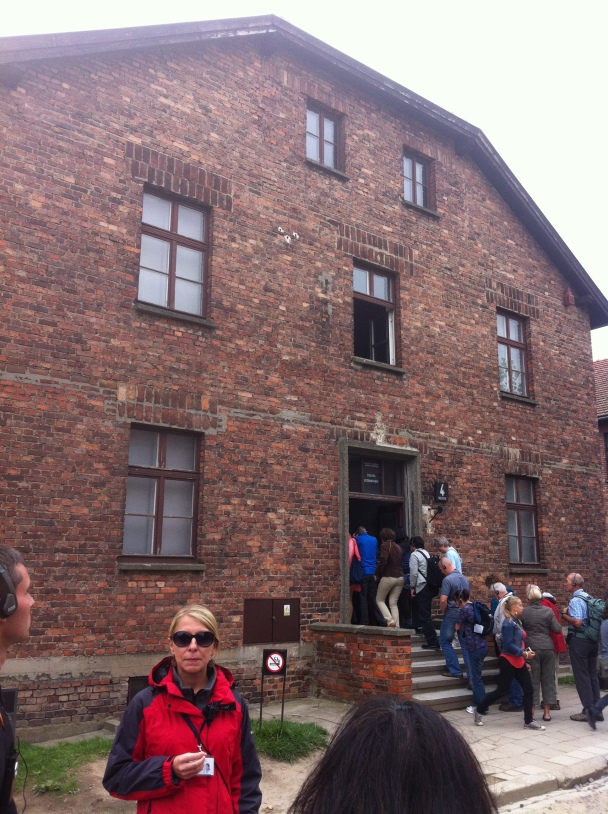




Above showed the many cities that Jews were taken from. They were told that they will be relocated so most brought their valuables. Some even paid for the train to the camps which is atrocious. They basically paid to die. The conditions on the trains were awful as well.
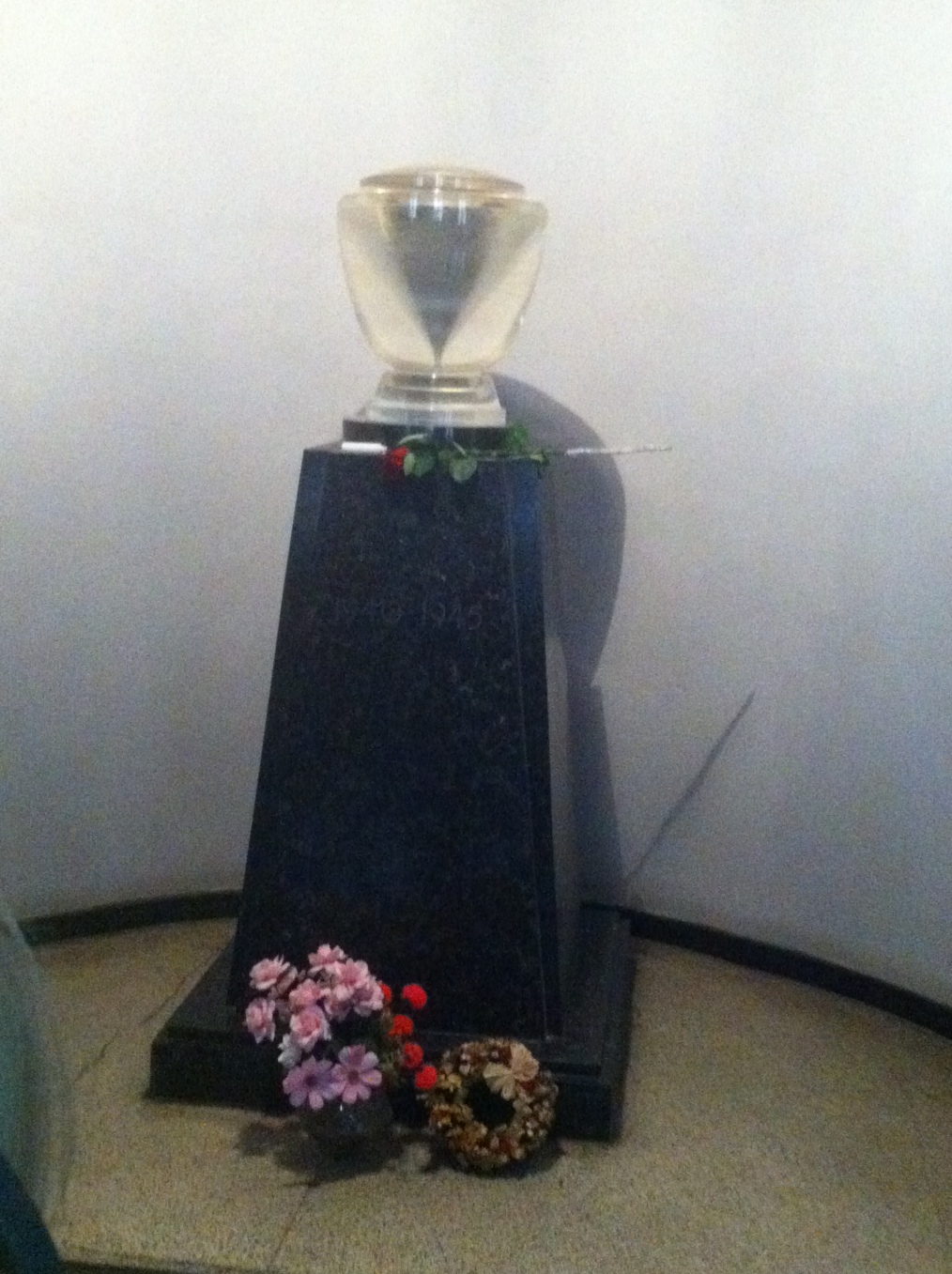 This is an array of ashes found after the liberations which was put in an urn to serve as a memorial.
This is an array of ashes found after the liberations which was put in an urn to serve as a memorial.
After the prisoners arrived, they were seperated into two groups by an SS guard and doctor simply by appearance. Men who looked healthy to one side – the rest that would be deemed no use to the other side (women, children, babies, the handicapped, elderly etc). These were sent straight to the gas chambers.

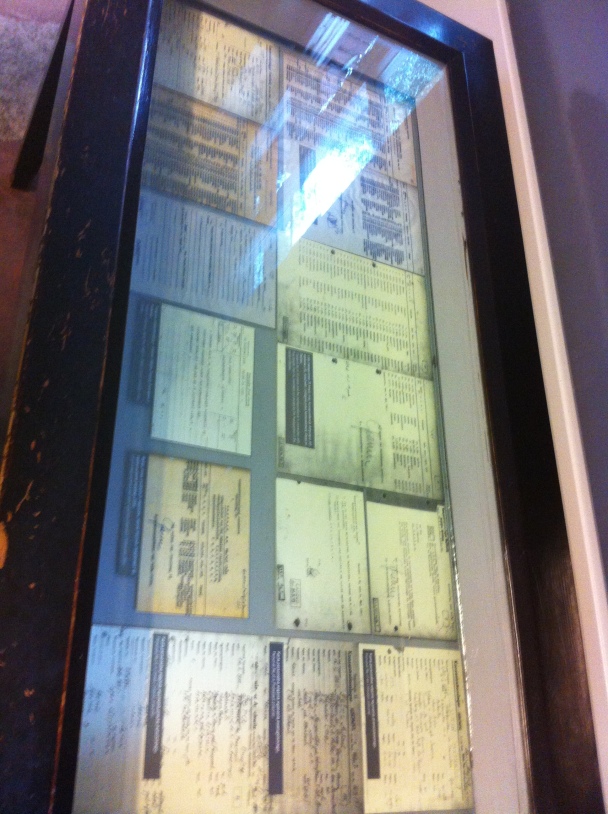
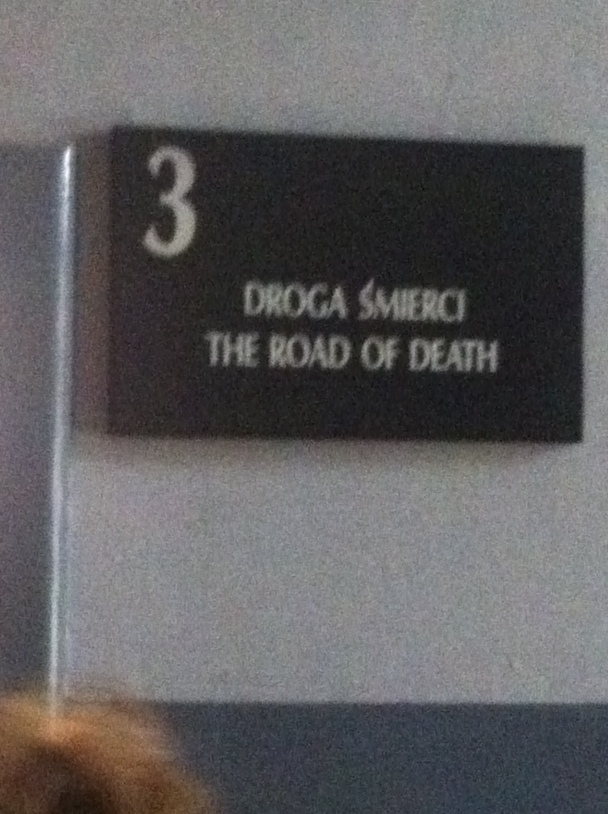


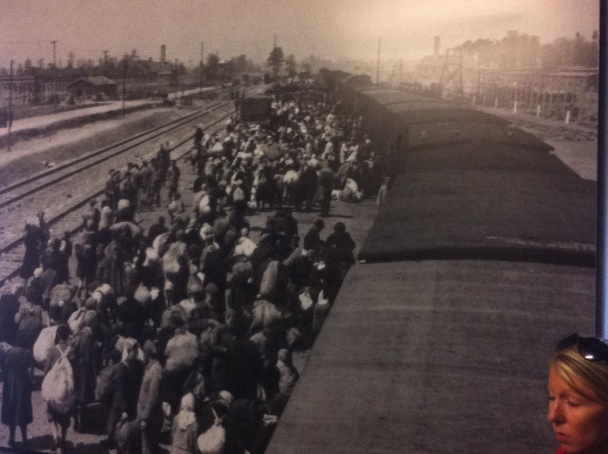
This picture shows the separation




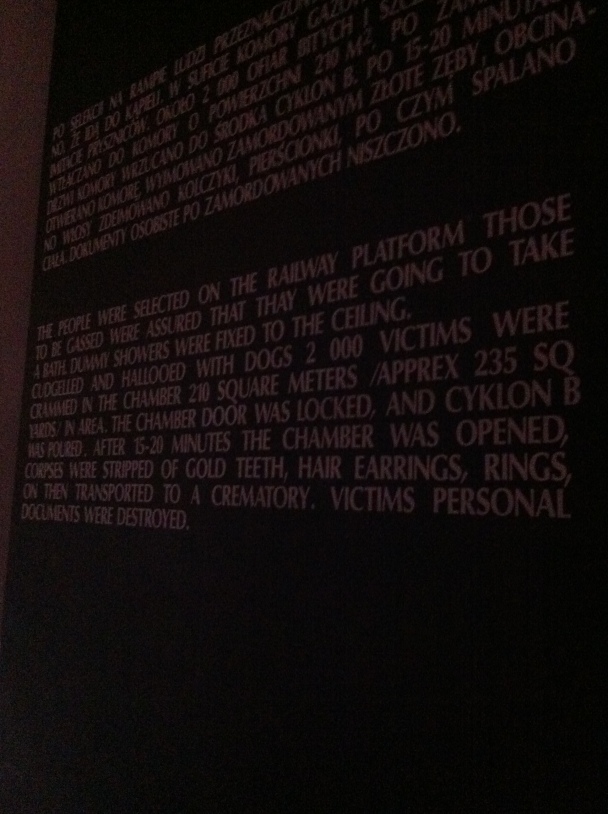

That empty cans of the gas (Cyclone B) used to kill.
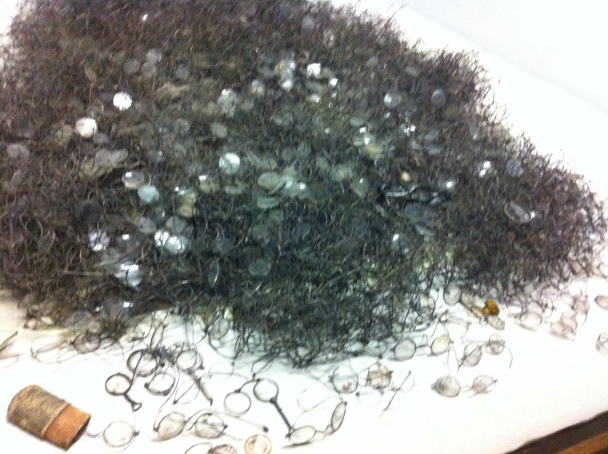
After they died, anything that were deemed usful was taken off them including their hair which was shaven off, gold tooth extracted, jewellery taken etc.
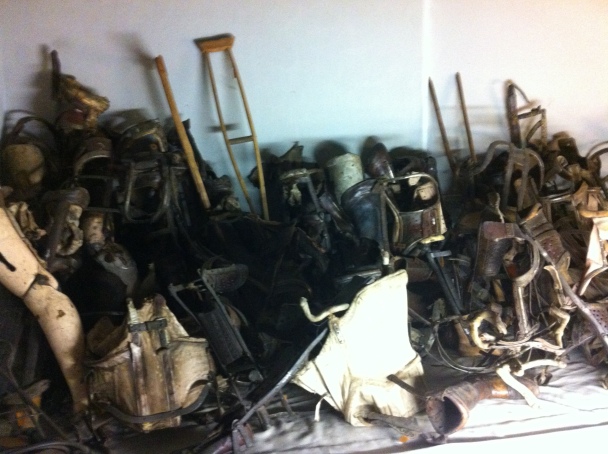








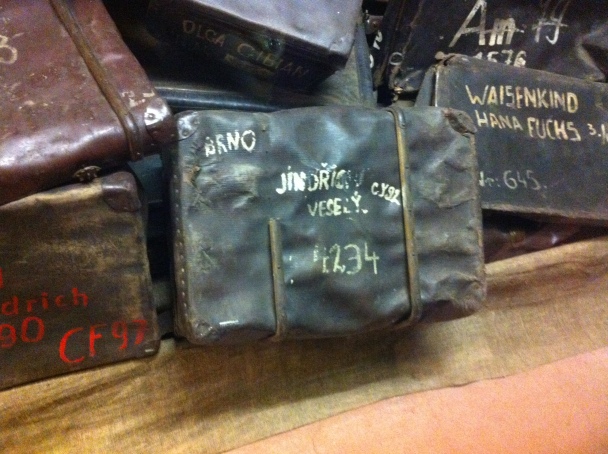

Belongings of the prisoners.

 Baby clothes
Baby clothes
After the camp was liberated, the condition the prisoners were in.

The daily meal of the prisoners. Half a cup of tea or coffee for breakfast, Soup with rotten vegetables for dinner and a block of yucky bread for supper. This was all they had to sustin them during 12 hours of hard work with no breaks
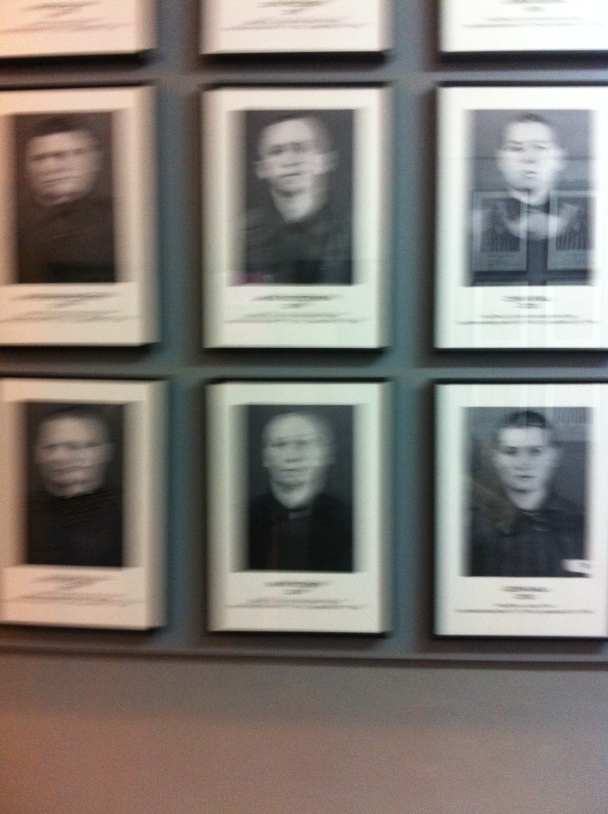

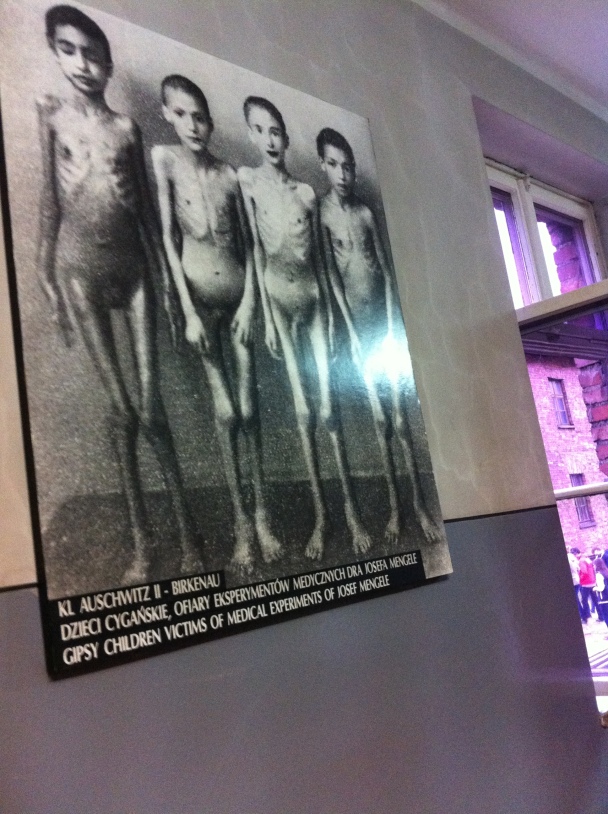










Inside one of the gas chambers.. this freaked me out!!
At the Auswich Birkanau camp – it was an ironically beautiful place.

One of the carriages the prisoners would arrive in. They would fit 70-80 people in there with their luggages.

One of the four gas chambers built in the camp. The Nazis bombed them when they realised they going to get found out.
A memorial was built a few years after its liberation in commiseration of the dead.
21 of these plagues were made in 21 different languages to symbolise the languages spoken by the prisoners.

Whenever ashes were found, 4 plagues are put up in commiseration.

One of the many buildings the surviving prisoners were kept.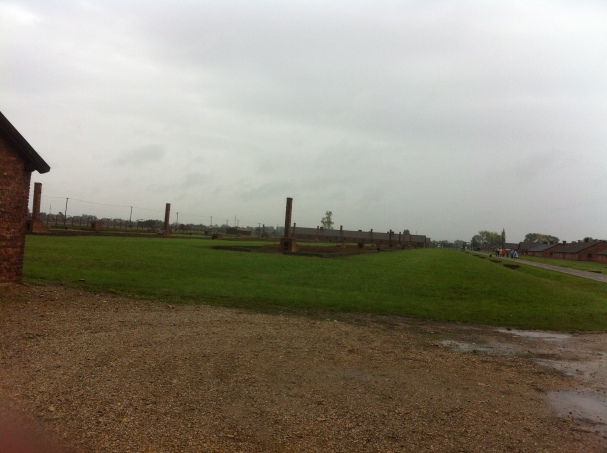

Means “BE QUIET!”
6 people were kept in each of this shelves. They are simply wooden – no comfort to them whatsoever. It can be up to -25 degrees in Poland during the winter so imagine what they went through. There were rats as well
A stove that was only there for propaganda purposes.. it was rarely on.

Prisoners toilets. Many of them suffered from starvation diarrhoea so imagine the state it would have been in. All were required to clean up after themselves and carry their own defecations when they were done (YUCK YUCK YUCK!!!!). they were rarely allowed showers either. Toilet break was twice a day, morning and night. They had to walk naked in all weather conditions to the toilets. Guards did not go in so some used this to exchange information.
The wash basins next to the toilets. There was no clean running water… just dirty diseased water already in the basin that prisoners used to wash their hands. Terrible.
I can definitely say it was a harrowing but interesting and informative experience.. I mean what those prisoners went through was unimaginable- the tour guide we got contributed positively to the experience as she explained concisely with the right degree of apathy the horrors that occurred there.. It reluctantly opened my eyes to the dark side of humanity I blissfully try and ignore.. I would definitely recommend the trip to the museum but don’t expect a “fun” day out.


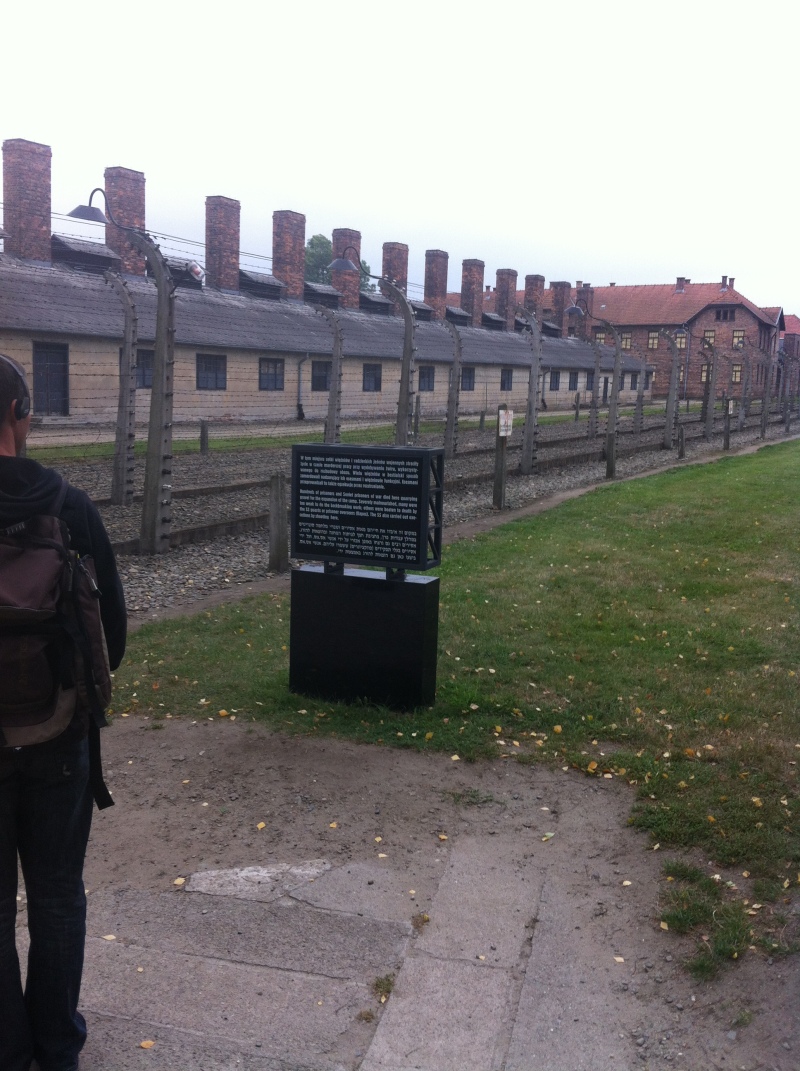





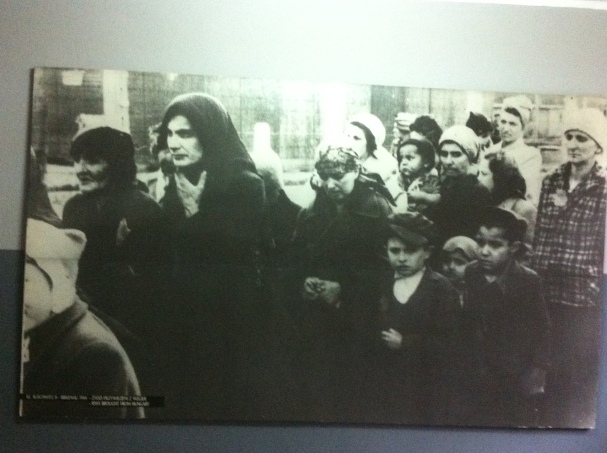









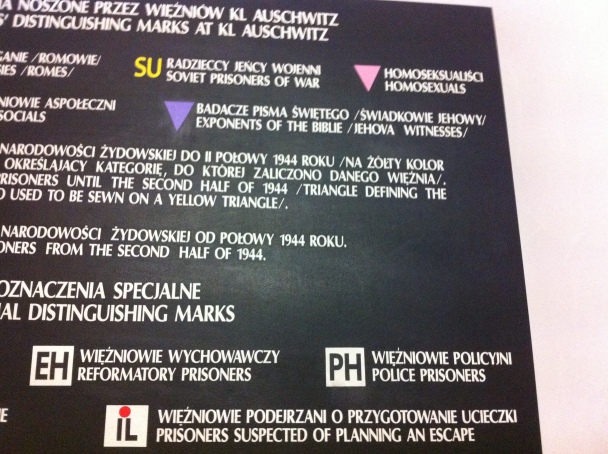



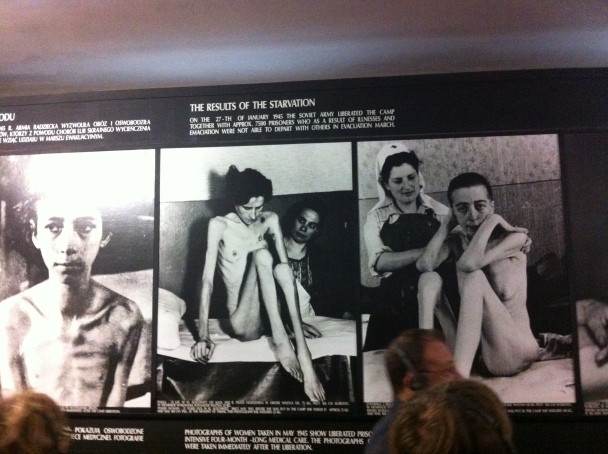








I visited last year. It was a heartbreaking experience for me to think how cruel some human to treat others 😦
It was so extreme.. it made me think that’s for sure.
no i didnt go there but read a lot about it and some of the stories are devastating…